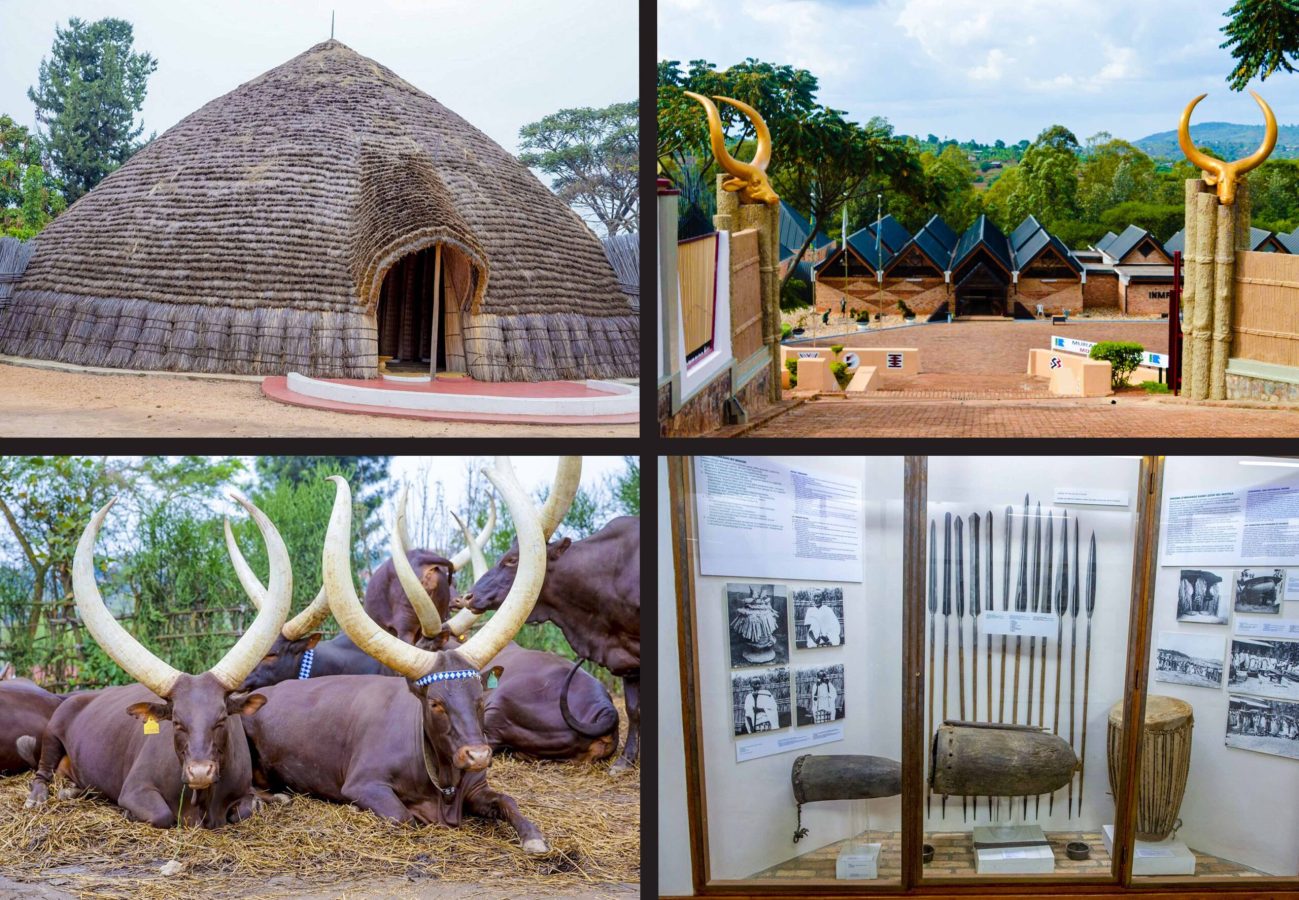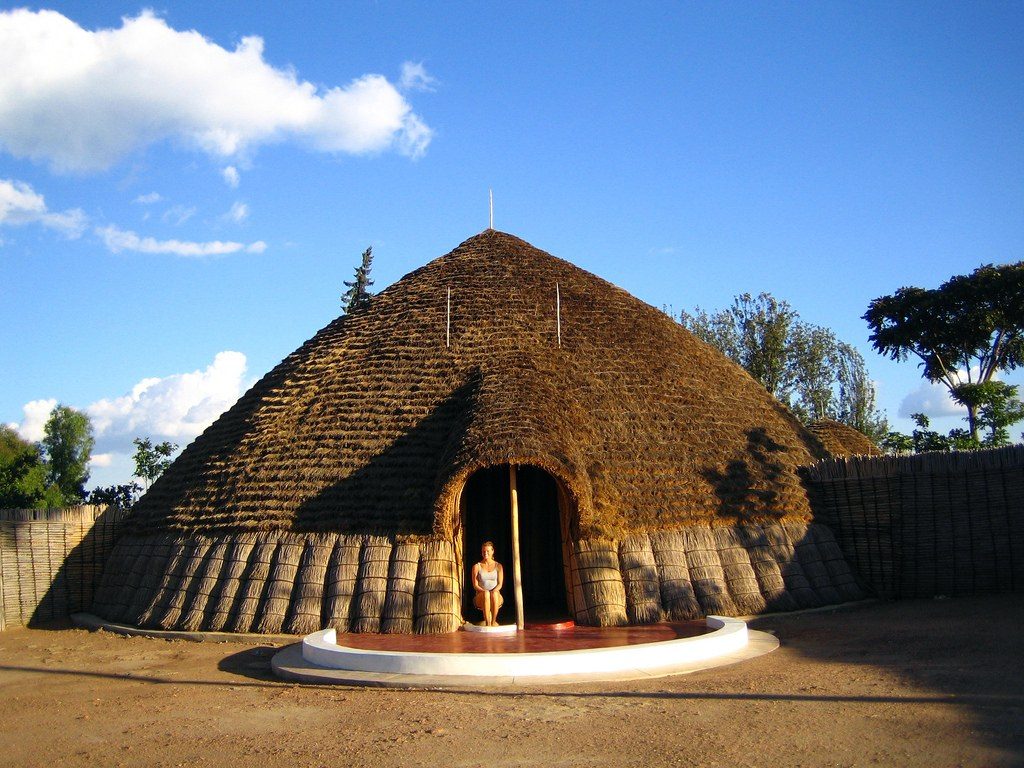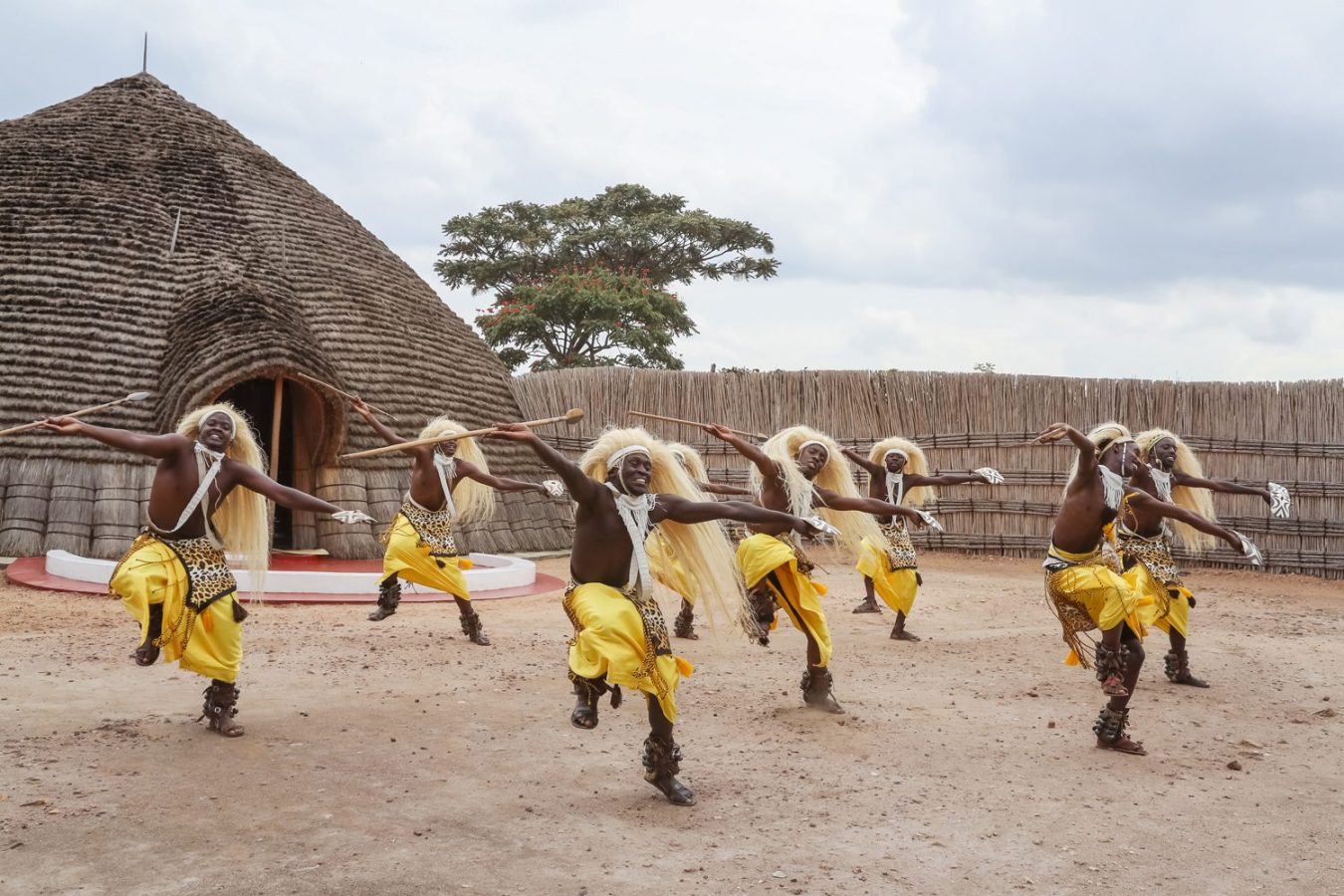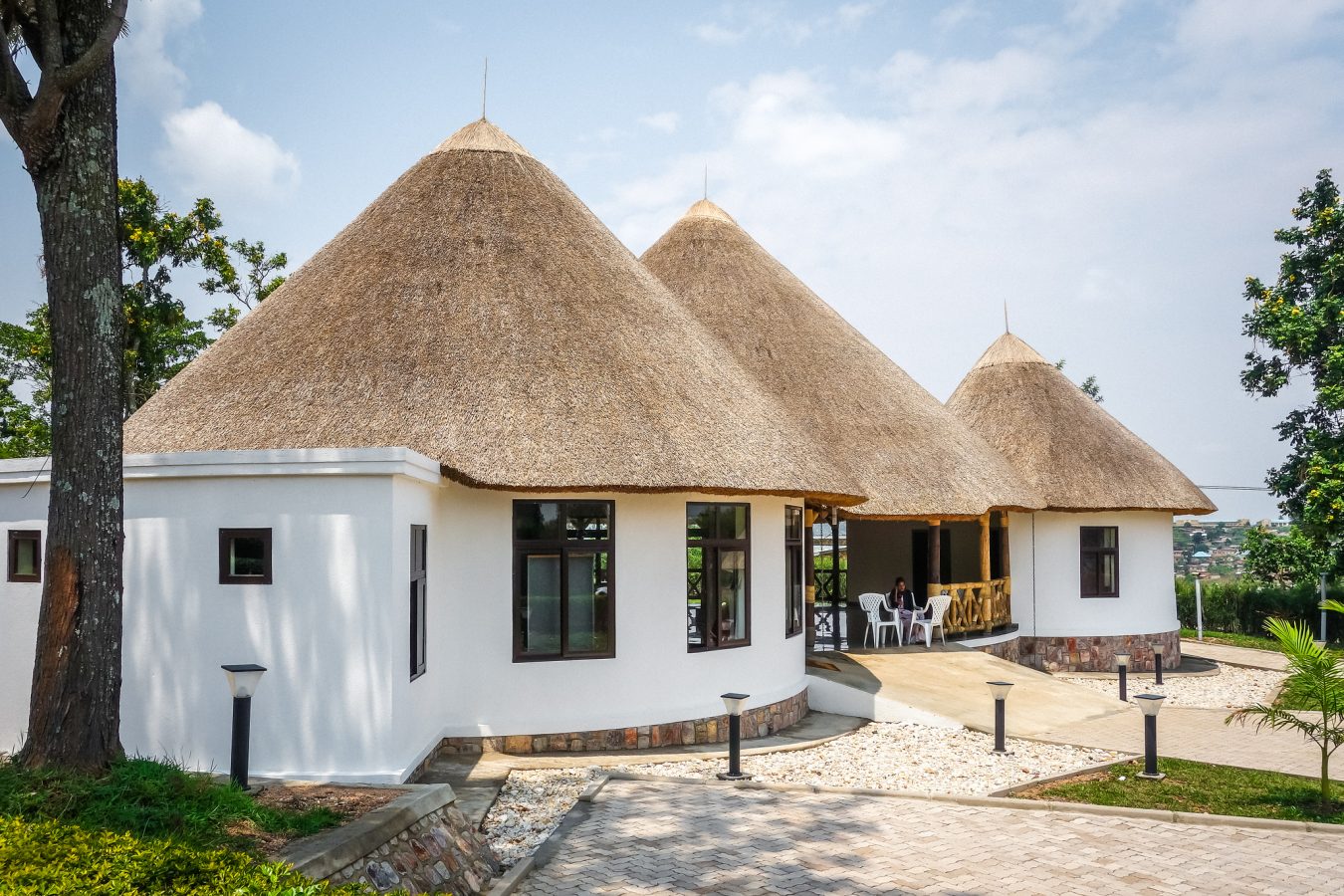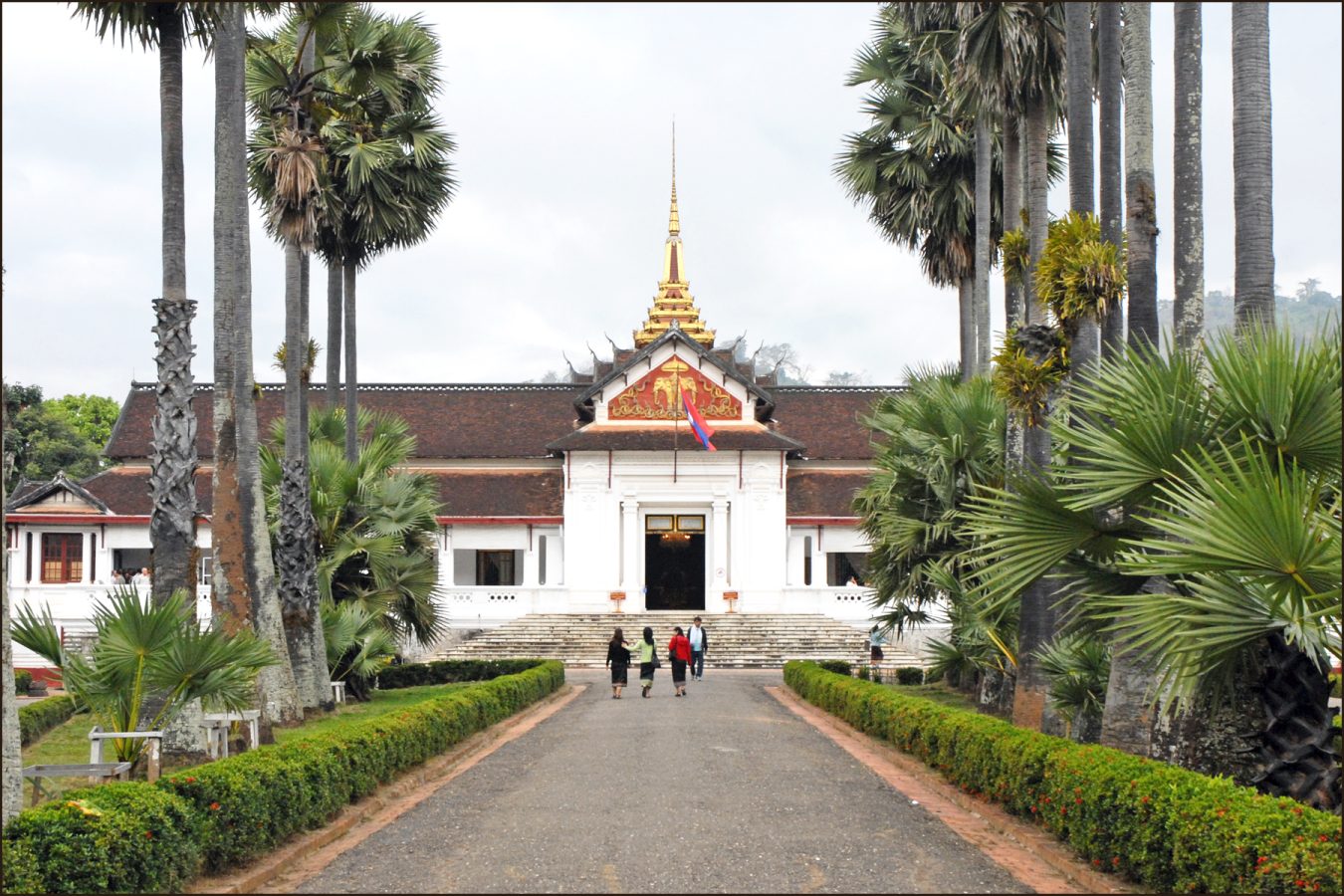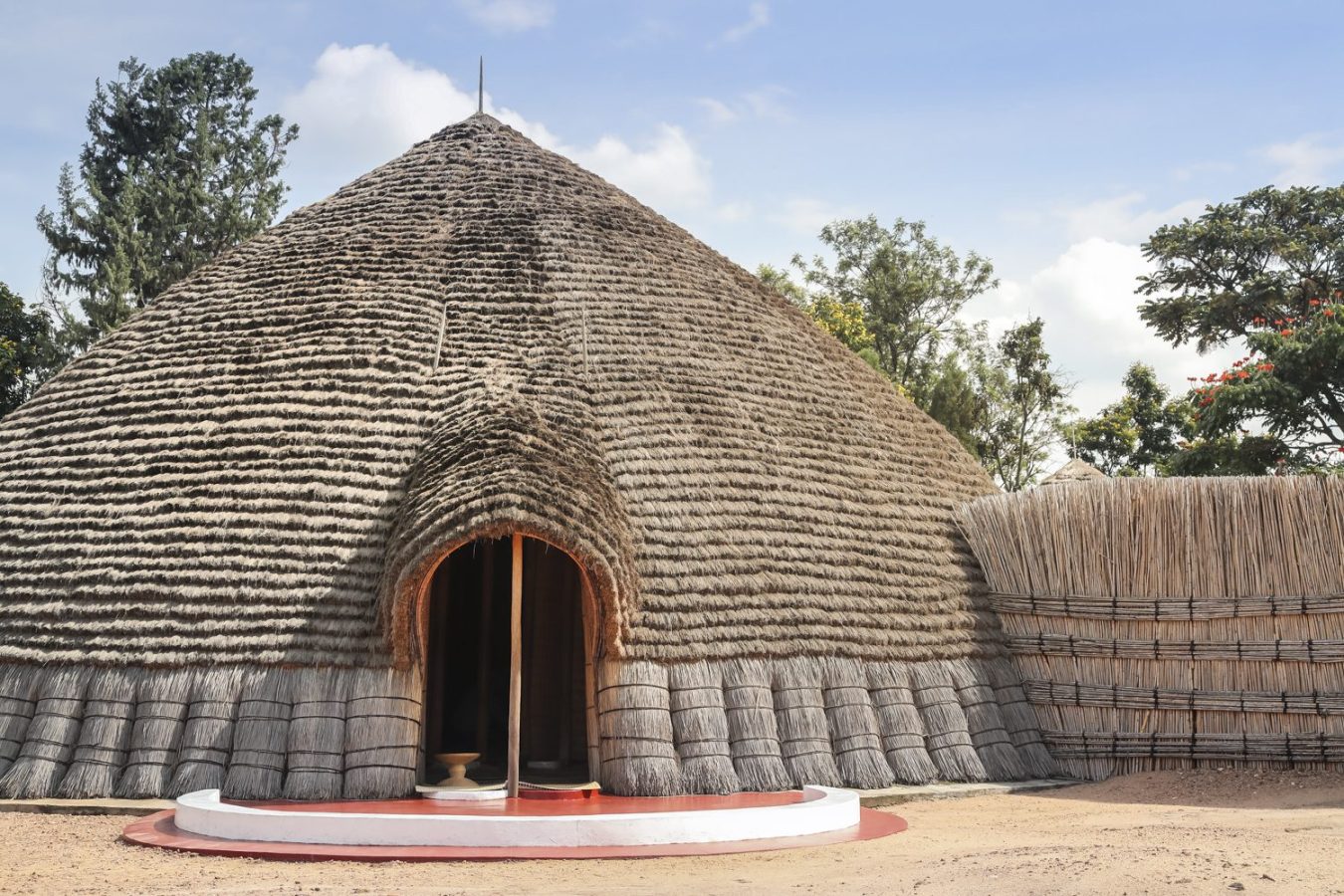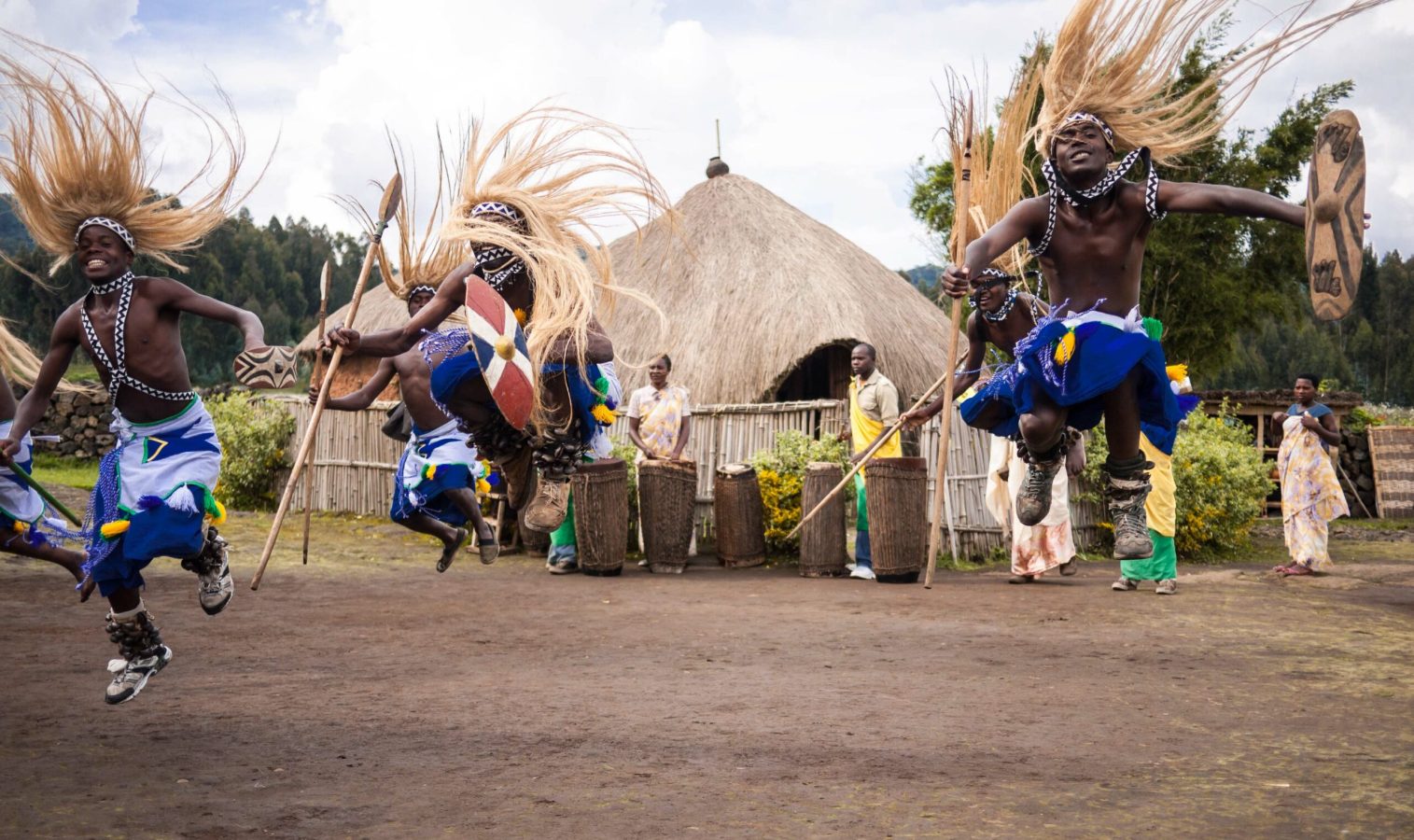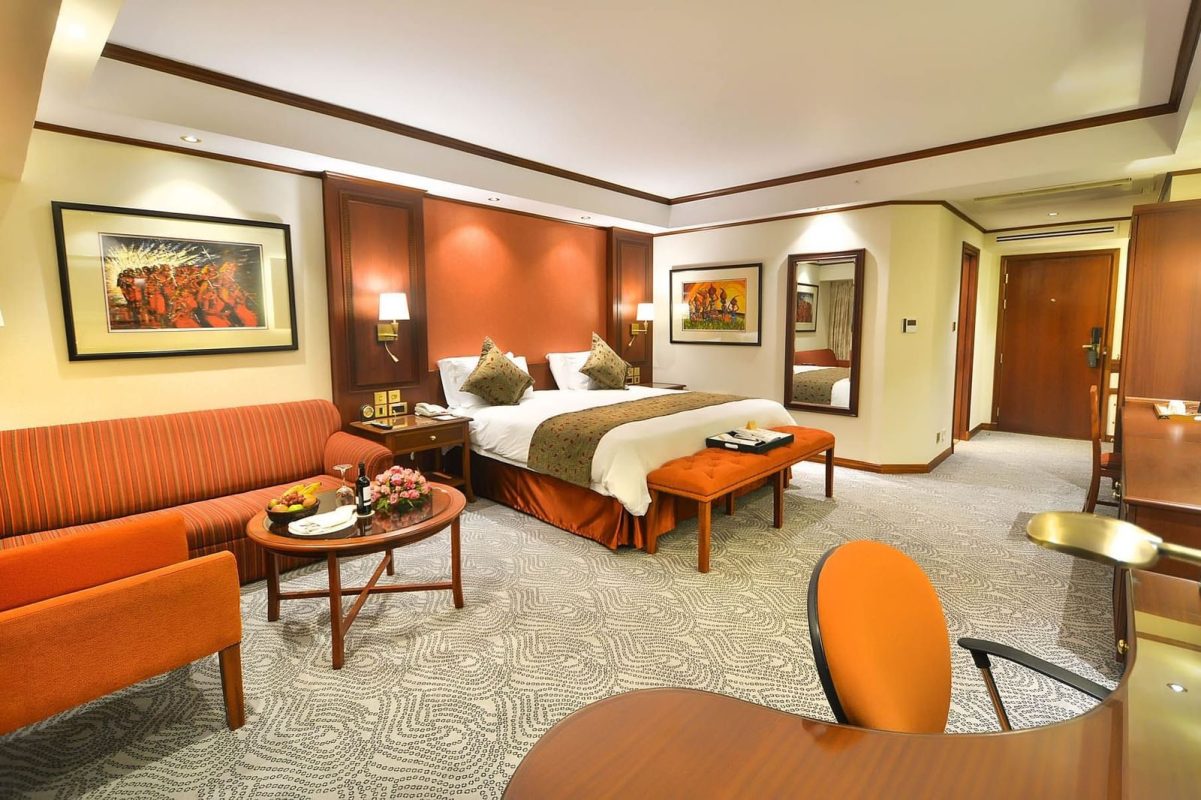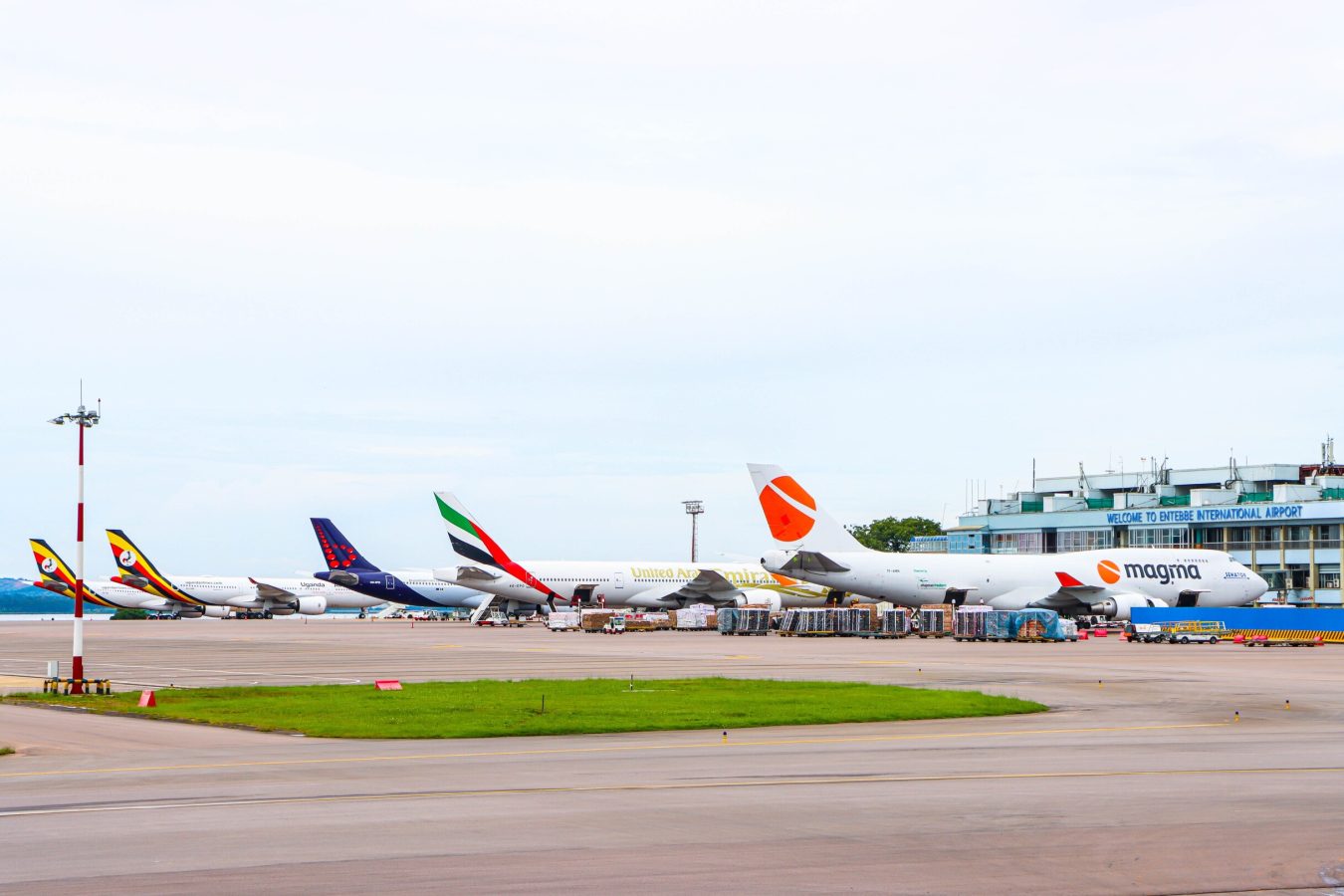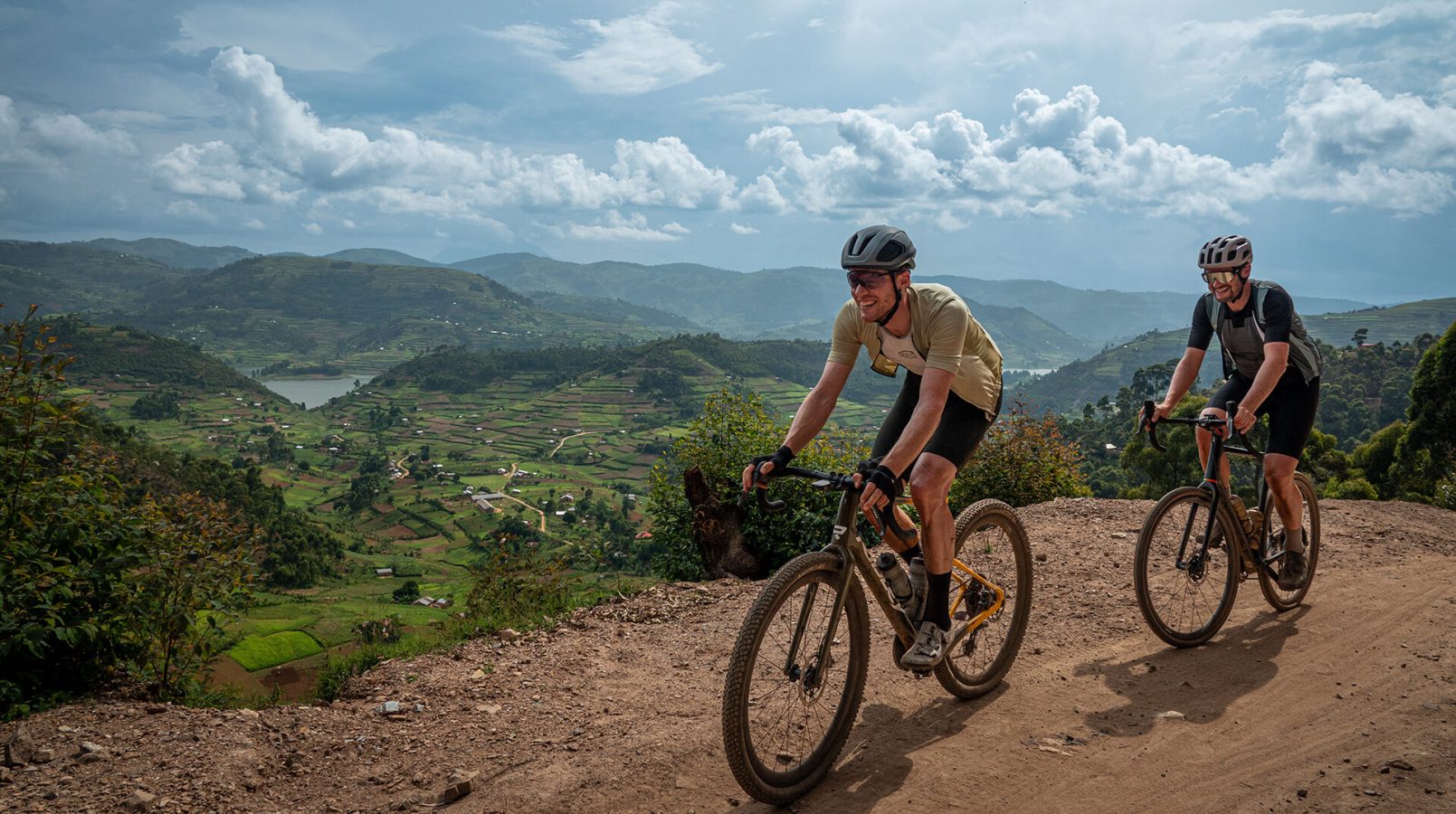King’s Palace Museum in Rwanda – All You Need to Know BEFORE You Go with Photos & Videos
King’s Palace Museum in Rwanda – All You Need to Know BEFORE You Go with Photos & Videos. The King’s Palace Museum, also known as the King’s Palace Museum and Ethnographic Museum, is a historical and cultural site located in Nyanza, Rwanda, not far from Kigali. The museum provides insights into the traditional monarchy of Rwanda and the country’s cultural heritage.
The King’s Palace Museum showcases the traditional royal residence of the Rwandan monarchy before the abolition of the monarchy in 1961. It features a reconstructed traditional royal residence with royal artifacts, traditional items, and exhibits that offer visitors a glimpse into the life and customs of the Rwandan monarchy.
Keep in mind that information might have changed since my last update, so I recommend checking with local sources or official tourism websites for the most current details on the King’s Palace Museum in Rwanda.
How much does it cost to go to the King’s Palace Museum?
Admission fees can change, and it’s advisable to check with local sources or the official website for the most up-to-date information on entrance fees to the King’s Palace Museum in Rwanda.
Typically, museums and cultural sites have varying entrance fees for different categories of visitors, such as adults, children, students, and foreigners. It’s also possible that fees may differ for residents and non-residents. Additionally, some attractions offer guided tours for an additional fee.
To get the latest information on the cost of admission to the King’s Palace Museum, you can check with the Rwanda Development Board, which is responsible for tourism in Rwanda, or contact the museum directly if they have an official contact information. Local tourism offices and travel guides may also provide relevant information.
When was the king’s palace museum in Rwanda built?
The King’s Palace Museum in Rwanda, also known as the King’s Palace Museum and Ethnographic Museum, is a reconstructed traditional royal residence that was built to showcase the traditional architecture and lifestyle of the Rwandan monarchy. The original royal residence, which the museum is based on, dates back to the time when Rwanda had a monarchical system.
The museum was constructed as a replica of the traditional royal palace and was designed to preserve and showcase the cultural heritage of Rwanda, offering visitors a glimpse into the pre-colonial history and traditions of the country. The museum aims to provide insight into the life of the Rwandan monarchy before it was abolished in 1961.
While I don’t have the specific construction date of the museum itself, it is part of the efforts to preserve and promote Rwanda’s cultural heritage. If you need more detailed information about the construction date or the museum’s history, you may want to contact local authorities, the museum itself, or check official documentation related to the establishment of the museum.
Why is the King’s Palace Museum famous?
The King’s Palace Museum in Rwanda, officially known as the King’s Palace Museum and Ethnographic Museum, is notable for several reasons. Overall, the King’s Palace Museum is famous for its role in preserving and promoting Rwanda’s cultural heritage, offering visitors a chance to learn about the country’s history and traditions, particularly those associated with the Rwandan monarchy.
- Cultural Heritage: The museum is designed to showcase and preserve the cultural heritage of Rwanda, particularly the traditions and lifestyle of the Rwandan monarchy. It provides visitors with insights into the historical aspects of the country before the abolition of the monarchy in 1961.
- Traditional Architecture: The King’s Palace Museum features a reconstructed traditional royal residence, offering a glimpse into the architectural style of traditional Rwandan palaces. This includes thatched roofs, traditional building materials, and the layout of a royal compound.
- Historical Significance: The museum is built on the site of the former royal palace in Nyanza, which was a significant center of political and cultural life in Rwanda during the time of the monarchy. It serves as a historical site, allowing visitors to connect with Rwanda’s past.
- Cultural Exhibits: Inside the museum, visitors can explore exhibits showcasing royal artifacts, traditional items, and ethnographic displays that highlight the customs and rituals of the Rwandan monarchy. These exhibits contribute to a better understanding of the cultural richness of the Rwandan people.
- Tourism and Education: The King’s Palace Museum is an important cultural and educational attraction in Rwanda, attracting both local and international visitors. It plays a role in promoting tourism and fostering an appreciation for Rwanda’s cultural diversity.
How many gates and towers are at the King’s Palace Museum?
The information available may also depend on the design and architecture of the museum, as well as any renovations or changes that may have occurred since my last update.
For the most accurate and current information about the number of gates and towers at the King’s Palace Museum, I recommend checking with local sources, such as the museum itself, official tourism websites, or relevant authorities in Rwanda. They should be able to provide you with specific details about the architectural features of the museum.
Which tribe in Rwanda formed the royal family?
The royal family in Rwanda traditionally belonged to the Tutsi ethnic group. The Tutsi, along with the Hutu and Twa, are the three main ethnic groups in Rwanda. Historically, the Tutsi were associated with cattle herding and were often identified as the aristocratic or ruling class. The monarchy in Rwanda was a hereditary institution, and the rulers came from the Tutsi elite.
It’s important to note that the classification of these ethnic groups was complex and not solely based on genetic or cultural factors. The categories of Tutsi, Hutu, and Twa had socio-economic and political dimensions, and individuals could move between these categories based on various factors, including social status, wealth, and political influence.
The traditional Rwandan monarchy was abolished in 1961 following a series of political changes and movements toward independence. After the abolition of the monarchy, Rwanda experienced periods of political turbulence, including the tragic events of the Rwandan Genocide in 1994. Today, Rwanda is a republic, and discussions about ethnicity and identity are approached with caution as part of the country’s efforts to promote unity and reconciliation.
What you can and can’t do at the Royal Palace?
Specific rules and regulations for visitors to the Royal Palace Museum in Rwanda, or any historical site, can vary. Before visiting the Royal Palace Museum or any historical site, it’s advisable to check with the museum’s official website or contact the relevant authorities for the most up-to-date information on rules and guidelines. Museums often have their own set of regulations to ensure the preservation of artifacts and a positive experience for all visitors.
What You Can Do?
- Tour the Museum: Visitors are typically allowed to explore the museum’s exhibits, showcasing artifacts, traditional items, and cultural displays related to the Rwandan monarchy.
- Learn About Rwandan History: Take the opportunity to learn about the history of Rwanda, particularly the cultural and historical significance of the royal family and the traditions associated with the monarchy.
- Photography (Check Rules): Many museums allow photography, but it’s important to check the rules regarding photography and respect any restrictions in place.
- Participate in Guided Tours: Some museums offer guided tours to enhance the visitor experience. Participating in a guided tour can provide additional insights into the exhibits.
What You Can’t Do?
- Touch Artifacts: In most museums, touching artifacts is not allowed. This is to preserve the items and prevent damage.
- Disrupt Exhibits: Visitors should refrain from disruptive behavior that could disturb other guests or damage exhibits.
- Bring Large Bags or Backpacks: Some museums may have restrictions on the size of bags allowed inside. Check the museum’s policies before your visit.
- Eat or Drink Inside Exhibits: Food and drinks are usually not allowed inside exhibit areas to prevent spills and damage to artifacts.
- Ignore Museum Rules: Always follow any specific rules or guidelines provided by the museum staff. This may include restrictions on certain areas, specific behaviors, or photography policies.
How much is entry to Royal Palace?
Museum entrance fees can vary, and they may be subject to change, so it’s important to check with local sources or the official website of the Royal Palace Museum for the most up-to-date information on admission prices.
To find the current entry fees and any relevant details, you can
- Visit the Official Website: Check the official website of the Royal Palace Museum or the website of the tourism board in Rwanda for information on admission fees and visiting guidelines.
- Contact Local Authorities: Reach out to local tourism offices or authorities in Rwanda to inquire about the latest entry fees and any other relevant information.
- Travel Guides and Reviews: Travel guides and online reviews from recent visitors may also provide information on entry fees and visitor experiences.
Remember that fees may vary for different categories of visitors, such as adults, children, students, and foreigners. Additionally, museums may offer discounts or special packages, so it’s worth checking for any promotions that might be available during your visit.
How to Get to King’s Palace Museum?
The King’s Palace Museum, also known as the King’s Palace Museum and Ethnographic Museum, is located in Nyanza, Rwanda. Here are general directions on how to get there:
By Air
- Fly to Kigali: The nearest major city is Kigali, the capital of Rwanda.
- Travel from Kigali International Airport: From the airport, you can arrange transportation by taxi or car rental to Nyanza.
By Road
- From Kigali: If you are already in Kigali, you can take a taxi, hire a car, or use public transportation to reach Nyanza. The distance is approximately 88 kilometers, and the journey usually takes about 2 hours by car.
GPS Coordinates
- Latitude: -2.3398
- Longitude: 29.7372
What to Adventure at the King’s Palace Museum?
When visiting the King’s Palace Museum in Rwanda, there are several aspects of the site that you can explore to enhance your adventure and cultural experience. Remember to check with the museum’s official website or contact local tourism offices for any special events, exhibitions, or updates that might enhance your adventure at the King’s Palace Museum.
- Traditional Architecture
- Historical Exhibits
- Royal Artifacts
- Ethnographic Displays
- Guided Tours
- Beautiful Grounds
- Photography
- Local Cuisine and Crafts
Luxury Africa Tours & Holidays – Deks Safaris and Tours Ltd
- 6 Days Uganda Adventure Tour
- 6 Days Uganda Safari
- 7 Days Uganda Safari
- 7 Days Uganda Tour
- 8 Days Uganda Safari
- 8 Days Uganda Tour
- 9 Days Uganda Safari
- 9 Days Uganda Tour
- 9 Days Uganda Wildlife Tour
- 15 Days Uganda Cycling Tour
- 15 Days Best of Uganda Safari
- 15 Days Ultimate Uganda Safari
- 21 Days Around Uganda Safari
- 21 Days Uganda Safari

